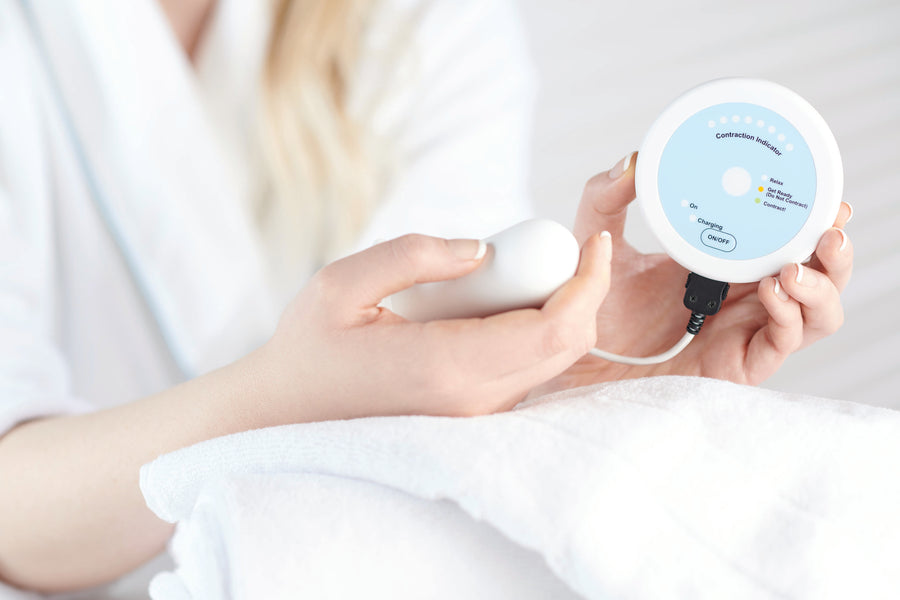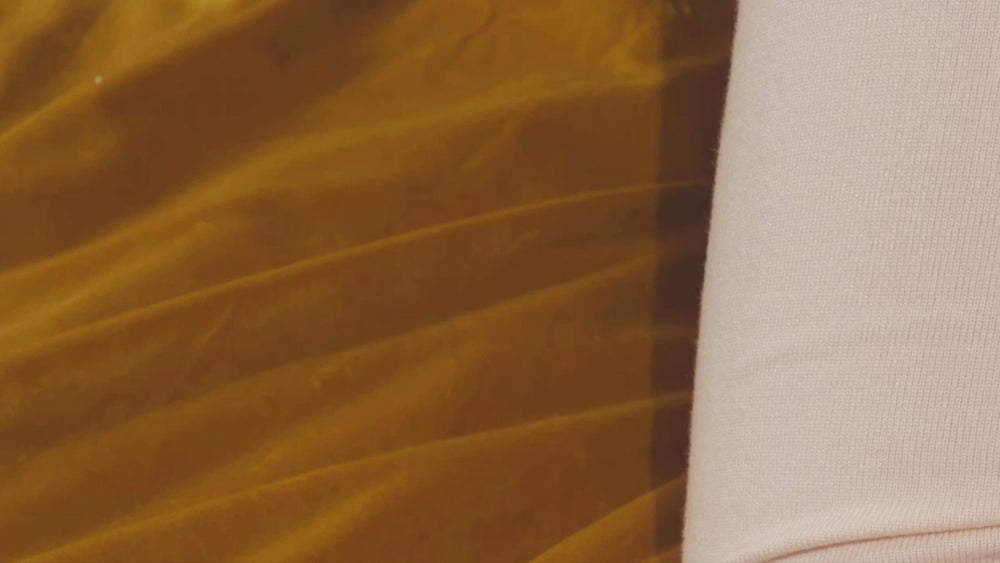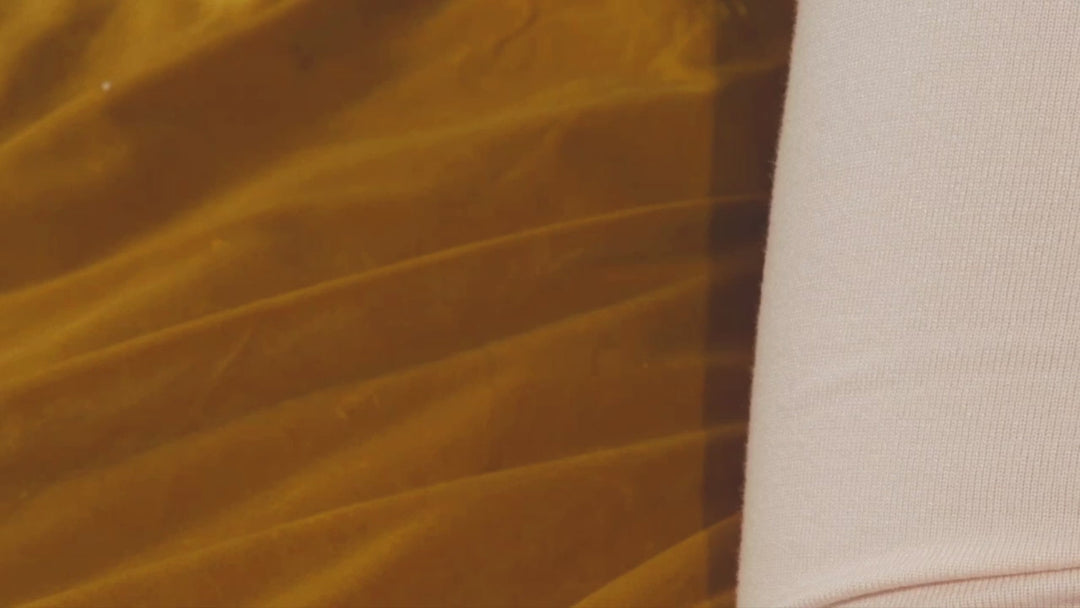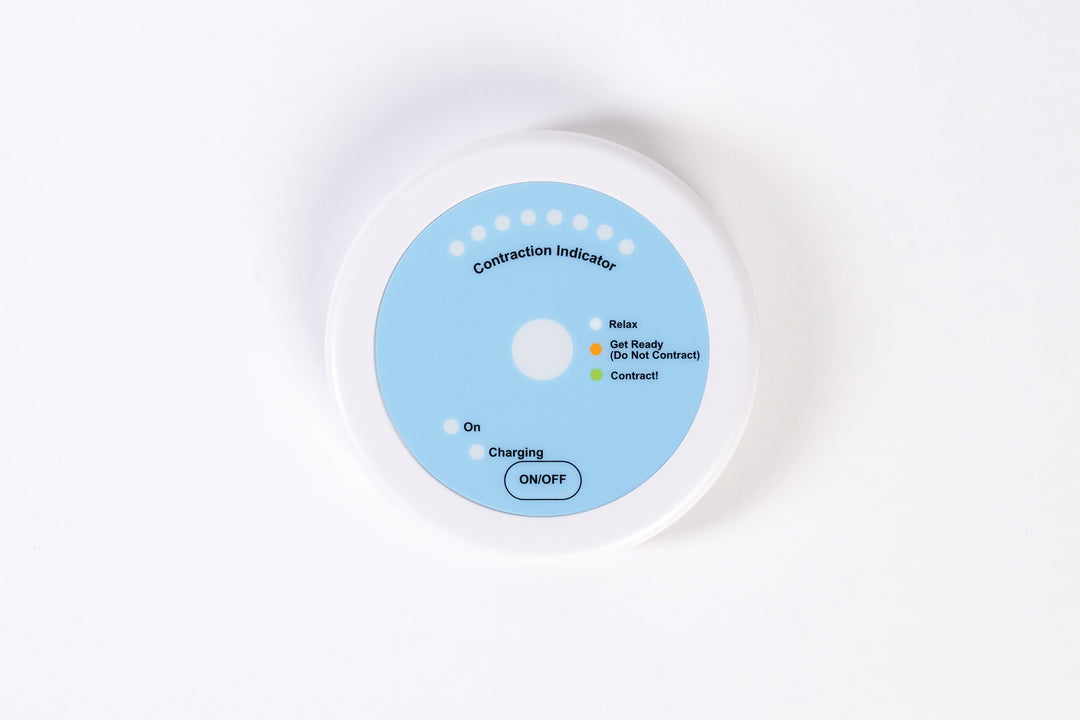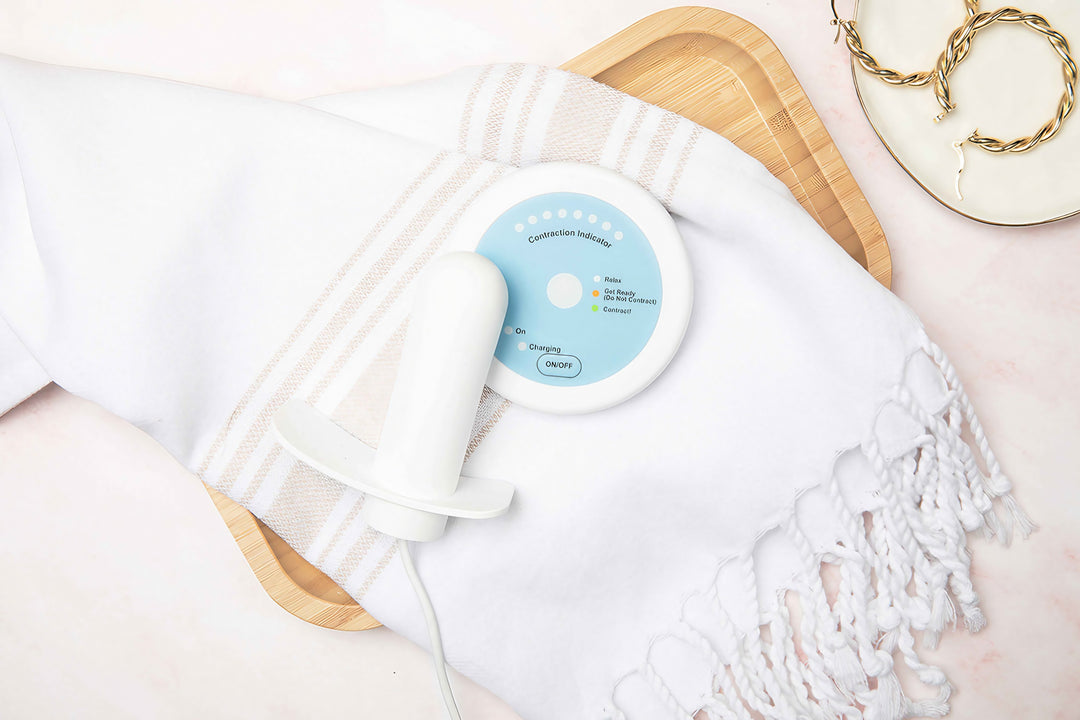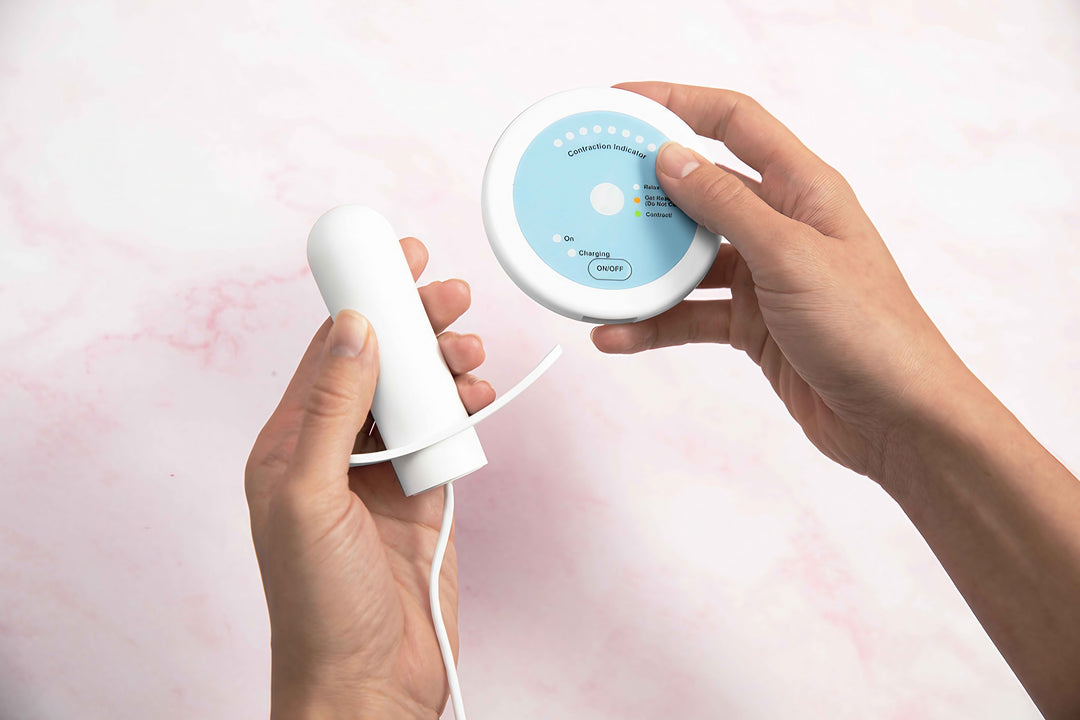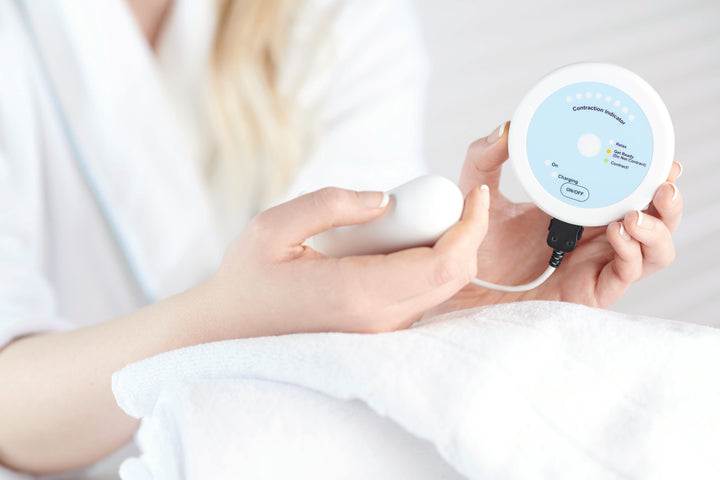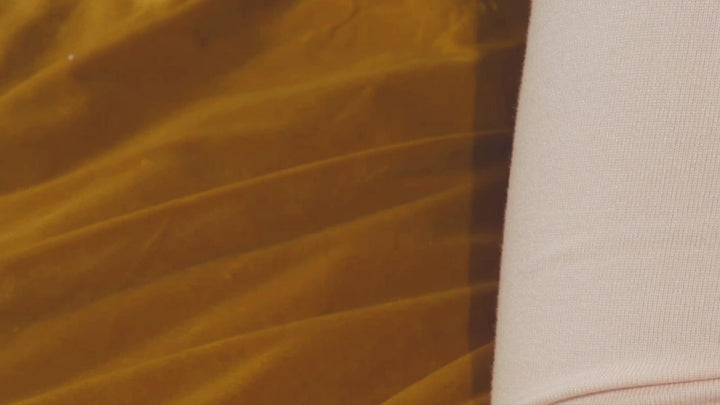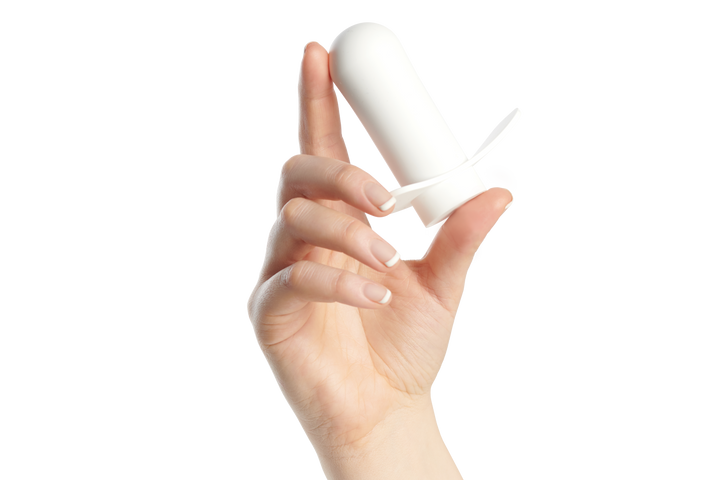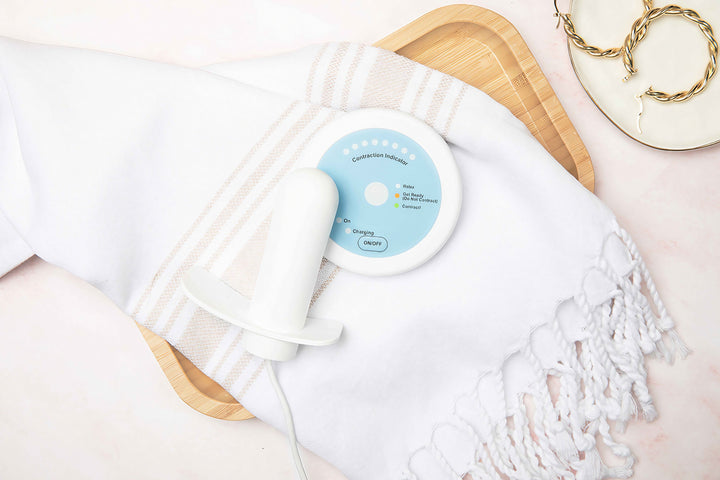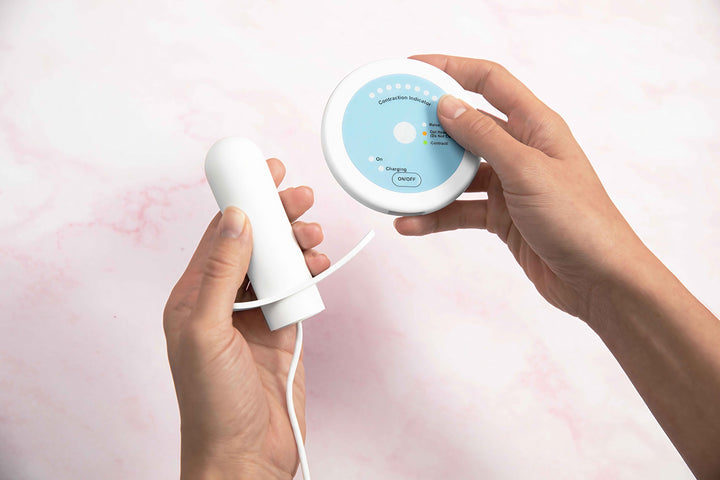3 tips to reduce SUI leaks
Now more than ever, physical activity is an important part of our day. During the last couple of years, our routines have been disrupted. Many of us are spending more time at home and are even working from home. You may have heard that “sitting is the new smoking.” But what if bladder leaks are stopping you from the physical activity and exercise your body needs? What if everyday activities like getting up out of a chair, bending over to tie your shoes, or picking up baby causes you to leak?
If this sounds familiar, you may have female stress urinary incontinence (SUI). SUI is the unintentional loss of urine with physical exertion – like coughing, sneezing, laughing, exercising, and lifting things. Typically it’s caused by weakened pelvic floor muscles. The good news is, you don’t have to just live with it. You deserve to live an active life, free from the worry of leaks! Here are three practical tips you can use right now to help reduce frustrating leaks.
Tip 1: Exhale on exertion
To prevent leaks during physical activity, breathe out or exhale during the activity that causes your leakage. Lifting something heavy? Exhale on the lift. To understand why this works, let’s look at how breathing affects the pelvic floor.
- When we take a breath in, our diaphragm contracts, moving down to allow more air into the lungs. When you breathe out the diaphragm moves back to its resting position.
- If you have a tendency to hold your breath, contracting your abs or “bearing down” during an exercise or while lifting something heavy, you are putting your body at an increased risk for injury or leaks. The pelvic floor helps to lift from the bottom of your core and supports your organs. The abdominal and spinal muscles help to protect your spine. The coordination of these four parts of the deep core reduces pressure on each area, prevents injury and urinary incontinence, and provides a solid foundation for daily activities.
- If you are not breathing correctly, the muscles of your pelvic floor must work even harder to stop bladder leaks. That’s why you must keep breathing and exhale on exertion to keep equal pressure in your abdomen to prevent injury, leakage, and prolapse.
So, remember to exhale and breathe out during the activity that causes you to leak.
Tip 2: Squeeze before you sneeze
If you find yourself leaking with coughing, laughing, or sneezing, this is a quick, simple exercise that can help with bladder control and reduce symptoms of prolapse. You can practice performing a quick Kegel exercise before any of the activities that cause you to leak urine. Remember, it is important to relax back to resting between each repetition. So if you feel a sneeze or cough coming on, quickly squeeze your pelvic floor muscles before you sneeze! This is an easy phrase to remember to help control your bladder whether you are at home or out with friends and family. If you aren’t sure how to do a Kegel, review our how-to guide.
Tip 3: Check your landing
If you leak when running or jumping, this tip is for you. Poor technique while running or jumping can put excessive force through your pelvis and cause injury or leakage. A soft landing is particularly important. Here are 3 things to keep in mind:
- While jumping, landing with soft knees in a toe-ball-heel pattern will help reduce stress and strain on the pelvic floor and lead to less bladder leaks.
- With running, your midfoot strikes the ground, not the heel or the ball, and the knees are slightly bent to help distribute forces through your lower body with less force in the pelvic floor that will lead to less bladder leaks.
- And lastly, don’t forget your good posture … while jumping think power up and running think tall.
We hope these tips help you reduce leaks and feel more confident in living the life you want to live! If you’re tired of coping with SUI leaks and want to treat the problem once and for all, consider Flyte in-home pelvic floor treatment. It’s clinically proven and backed by a money back guarantee. With Flyte, you could see results in as few as 2 to 6 weeks.
Questions about leaks, the pelvic floor or Flyte? Connect with a pelvic floor physical therapist through our free Ask a PT or browse video content of common questions and answers.











